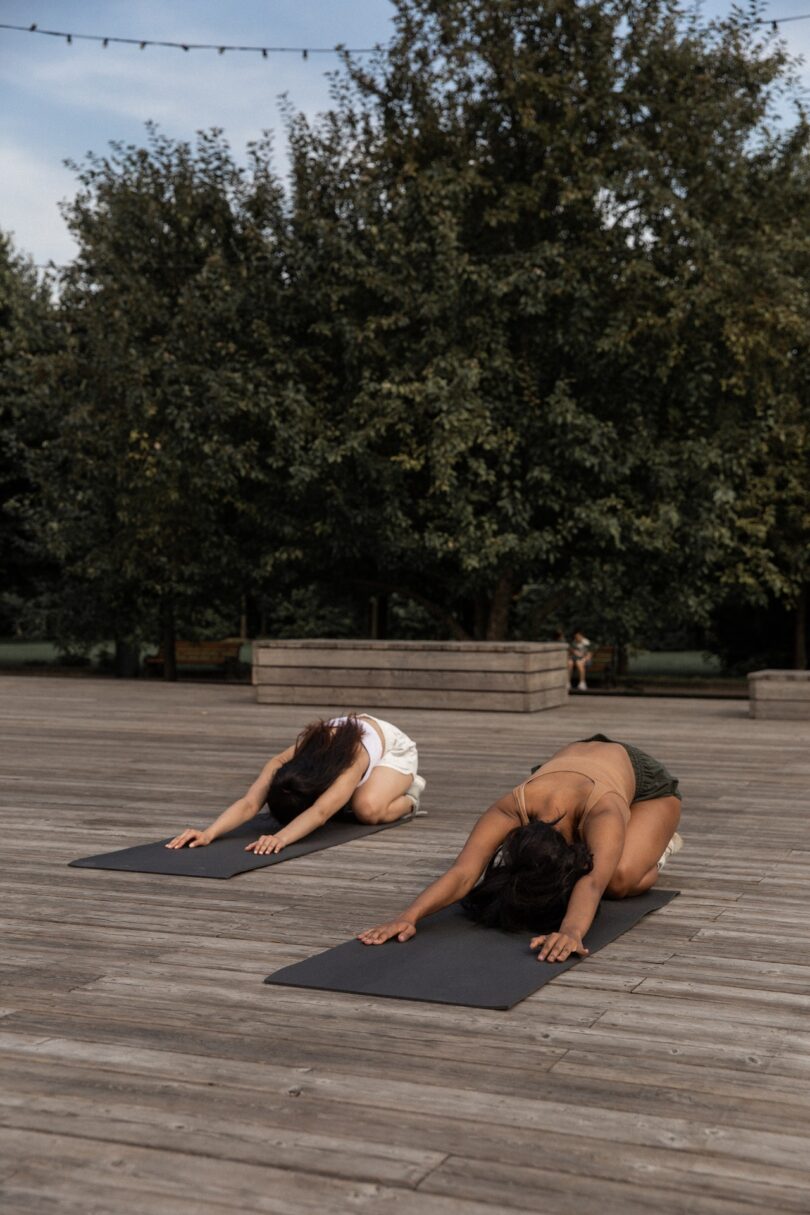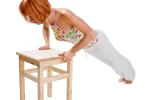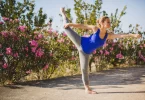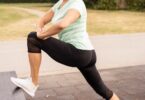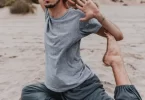Yoga, a revered holistic practice, offers numerous benefits for the mind, body, and spirit. Among its many advantages, enhancing flexibility stands out as a key aspect. Improved flexibility through yoga leads to better posture, increased range of motion, and a decreased risk of injury. In this article, we’ll delve into the best yoga practices that foster flexibility, offering a comprehensive guide to achieving physical and mental well-being through a flexible body. Embrace these practices to experience the transformative power of yoga, promoting harmony and balance within yourself.
The Science Behind Flexibility
Understanding the science behind flexibility is crucial before exploring specific yoga practices. Flexibility involves the capacity of muscles and joints to move freely through their complete range without pain or discomfort. Regular yoga sessions effectively enhance flexibility by stretching and elongating muscles, improving joint mobility, and releasing built-up tension within the body. Through these mechanisms, yoga promotes a supple and agile physique, contributing to overall physical well-being and providing a solid foundation for the practice of more advanced yoga postures.
Sun Salutations for Dynamic Warm-up
Sun Salutations, also known as Surya Namaskar, is a stellar warm-up sequence to prime the body for deeper stretches in yoga. This dynamic series incorporates forward bends, backward bends, and inversions, which effectively enhance blood circulation, activate major muscle groups, and invigorate the entire body. By performing Sun Salutations at the beginning of a yoga session, practitioners loosen up stiff muscles, lubricate the joints, and stimulate the cardiovascular system, preparing themselves physically and mentally for a more intensive practice ahead. This rhythmic flow sets the tone for a harmonious and rewarding yoga experience, promoting both physical and mental well-being.
Standing Poses for Lower Body Flexibility
Standing poses such as Warrior I, Warrior II, and Triangle pose have a profound impact on the lower body, effectively stretching and strengthening the legs, hips, and hamstrings. These postures not only enhance flexibility by increasing the range of motion in these areas but also play a vital role in building stability and balance. As the practitioner holds these standing poses, they engage various muscle groups, promoting muscular endurance and control. The combination of flexibility, stability, and balance achieved through these standing poses contributes to better overall body alignment and posture, providing a solid foundation for further advancing one’s yoga practice.
Forward Bends for Hamstring and Spinal Flexibility
Forward bending poses like Uttanasana (Standing Forward Bend) and Paschimottanasana (Seated Forward Bend) offer gentle yet effective stretches for the hamstrings, lower back, and spine. Regular practice of these poses aids in releasing tension accumulated in the back, promoting relaxation and suppleness. By elongating the muscles along the posterior chain, including the hamstrings and spine, these forward bends improve flexibility and mobility in the entire back region. Additionally, the calming nature of these poses encourages a sense of tranquility and introspection, making them valuable tools for reducing stress and finding inner balance. Embrace these forward bends to foster both physical and mental well-being.
Backbends for Spinal Extension
Backbends, such as Bhujangasana (Cobra Pose) and Ustrasana (Camel Pose), center on spinal extension, unlocking the chest, shoulders, and hip flexors. These powerful poses work wonders for posture enhancement, as they encourage the spine to arch gracefully, countering the effects of prolonged sitting and slouching. By engaging the back muscles, backbends foster strength and stability in the spine, while also stimulating flexibility throughout the entire spinal column. Moreover, the chest-opening nature of these poses enhances lung capacity and promotes a sense of liberation and expansiveness. Embrace backbends to unleash the power of spinal flexibility, contributing to a more balanced and aligned body.
Twists for Spinal Mobility
Twisting poses like Bharadvajasana (Bharadvaja’s Twist) and Ardha Matsyendrasana (Half Lord of the Fishes Pose) play a crucial role in enhancing spinal mobility and promoting flexibility in the thoracic and lumbar regions. As these poses involve twisting the torso, they create space between the vertebrae, improving overall spinal flexibility. Beyond physical benefits, twists aid digestion by massaging the abdominal organs, promoting better nutrient absorption and detoxification. Moreover, the twisting action helps release tension stored in the spine, offering relief from back discomfort and revitalizing the entire back area. Embrace these revitalizing twists to experience both physical and internal cleansing benefits.
Hip Openers for Lower Body Flexibility
Hip-opening poses like Pigeon Pose (Eka Pada Rajakapotasana) and Butterfly Pose (Baddha Konasana) offer profound benefits for the hips, groins, and inner thighs. Particularly valuable for those with sedentary lifestyles, these poses release accumulated tension from prolonged sitting and tight hip flexors. Through consistent practice, they significantly increase hip mobility, leading to enhanced range of motion and agility. As these poses target the lower body, they promote greater flexibility in the hips and lower back, contributing to improved overall lower body flexibility. Embrace these liberating hip-openers to unlock tightness, nourish the hip joints, and cultivate freedom of movement in the lower body.
Yin Yoga for Deep Stretching
Yin Yoga is characterized by its extended holds of poses, enabling deep and profound stretches that specifically target the connective tissues, ligaments, and fascia. Through the practice of Yin Yoga postures like Dragon Pose and Butterfly Pose, practitioners can experience a gradual and lasting increase in flexibility. By patiently holding these poses for several minutes, the body’s deeper layers are gently stretched and nourished, promoting greater joint mobility and suppleness. Moreover, Yin Yoga encourages a meditative and introspective approach, fostering mental clarity and relaxation. By incorporating these transformative Yin Yoga postures into your routine, you can unlock a pathway to sustainable and profound flexibility gains.
Related Article: Flexibility Boost: Yoga Stretches
Practicing Balance with Yoga
Balance poses like Tree Pose (Vrikshasana) and Eagle Pose (Garudasana) not only improve physical stability but also enhance overall flexibility. Balancing requires engaging different muscle groups while maintaining flexibility, making it an essential aspect of a well-rounded yoga practice.
Restorative Yoga for Relaxation and Flexibility
Restorative Yoga offers deep relaxation, helping release muscular and mental tension. Poses like Supported Bridge Pose and Legs-Up-the-Wall Pose gently stretch the body, improve flexibility, and promote a calm and rejuvenated state of mind.
Mindfulness and Breathwork
Lastly, mindfulness and breathwork play integral roles in yoga practice. Cultivating awareness of the breath and staying present during each posture allows for a deeper connection with the body, aiding in releasing tension and facilitating greater flexibility.
Conclusion:
By incorporating these best yoga practices into your routine, you can experience the remarkable benefits of improved flexibility. Remember, consistency is key, and patience is essential when working towards greater flexibility. Embrace the journey, and allow yoga to nourish not only your physical body but also your mind and spirit. With regular practice, you will find yourself moving with increased ease, grace, and a newfound sense of vitality.
Related Article: Serenity Found: Yoga for Relaxation

